#90 in Vietnam
Popular Ô Mai Variations
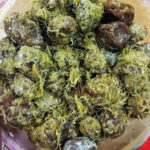
Ô Mai Mơ Gừng

Ô Mai Mơ Cam Thảo
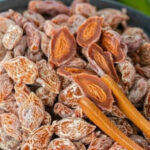
Xí Muội Chua Ngọt
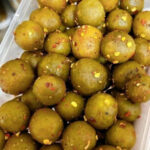
Ô Mai Sấu
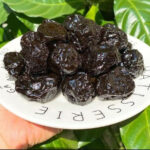
Ô Mai Mận
Ô Mai: Ingredients and Preparation
Main Ingredients
Main Cooking Method
Preparation Process
Ô Mai: A Deep Dive
Cultural Significance
Taste
Texture
Aroma
Color
Serving Style
Serving Temperature
Accompaniment
Occasions
Seasons
Special Diets
Calories
Popularity
Popular Similar Dishes
- Tamarind Candy
- Gotgam
- Umeboshi
Popular Dining Area
Ô mai, or xí muội (in the South), is a Vietnamese word for traditionally salted dried fruit, but it also mostly denotes dried apricots. Interestingly, the word xí muội, when used in the North, refers to a specific salty and sour ô mai variety that has little sugar on it.
To make medicinal ô mai, Vietnamese pick almost ripe apricots for sun-drying 3 to 4 times. Then, the fruits are soaked in ash water before they are dried a few more times until the skin shrinks.
As a culinary treat, ô mai is made into a candy using apricots, tamarind, peaches, Chinese plums, yellow mombin, sấu (dracontomelon duperreanum), mango, jackfruit, apple, and many more fruits.
Thanks to the drying process, ô mai comes with a chewy and soft texture. Commonly, Vietnamese locals savor ô mai as a snack or incorporate it into dishes to extract the flavor.
To know more about ô mai, you should have a peek at some of the versions of ô mai along with its implications for medical and culinary aspects. Then, find out the positive and negative features of eating ô mai with a few inquiries about the treat. Also, let me provide you with some dishes that are like ô mai.
Key Points
Ô Mai Images
What Are the Variants of Ô Mai?
To diversify the flavor of the fruits used for ô mai, various ingredients are employed to create many versions of the treat:

Ô Mai Mơ Gừng
This variation includes apricot and ginger, features a blend of the sweet and tart taste of apricots with the spicy, warm flavor of ginger.
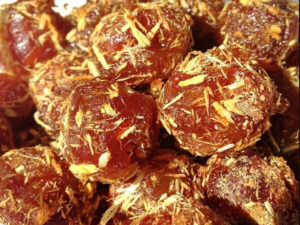
Ô Mai Mơ Cam Thảo
A combination of apricot with licorice. Offers a sweet, slightly spicy, and herbal flavor, with the licorice adding a distinctive taste.

Xí Muội Chua Ngọt
A sweet and sour version of ô mai.
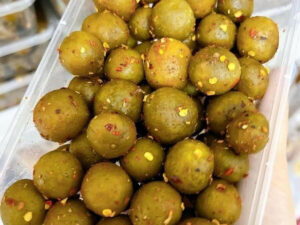
Ô Mai Sấu
Made from sấu (dracontomelon), this variation is known for its sour taste.

Ô Mai Mận
This variation uses plums (mận) and is characterized by a sweet and slightly tart flavor, with the plums providing a juicy and refreshing taste.
Additionally, make sure you have a thorough understanding of ô mai by looking at how this treat is implemented into medicinal and culinary usage.
How Ô Mai Is Used in the Medicinal and Culinary Scenes?
Ô mai is not just a snack in Vietnam as people come up with various ways to implement it into dishes and even use it as a healthy traditional medicine:
| In Traditional Medicine | In Culinary Use |
|---|---|
| Ô Mai is considered to have cooling properties | Traditionally made from apricots, but now includes various fruits |
| It is used to alleviate coughs and produce phlegm | Dried fruits are marinated with spices like sugar, ginger, chili, and licorice root |
| Used to relieve coughs, soothe dry and inflamed throats, and treat hoarseness | Ô Mai is enjoyed as a popular snack |
| Often combined with honey or ginger to enhance effectiveness in relieving coughs | Considered a type of candied fruit |
| Still used in traditional medicine and incorporated into traditional cough remedies. | Consumed during traditional holidays and festivals. |
Additionally, there are many benefits and drawbacks that ô mai offers especially when you’re planning to make it as a part of your diet.
Pros and Cons of Eating Ô Mai
These are the features that people should be aware of when planning to enjoy ô mai as a snack:
Pros
Cons
Don’t stop at only the pros and cons of eating ô mai as the common concerns of others about this fruity treat are exciting to explore.



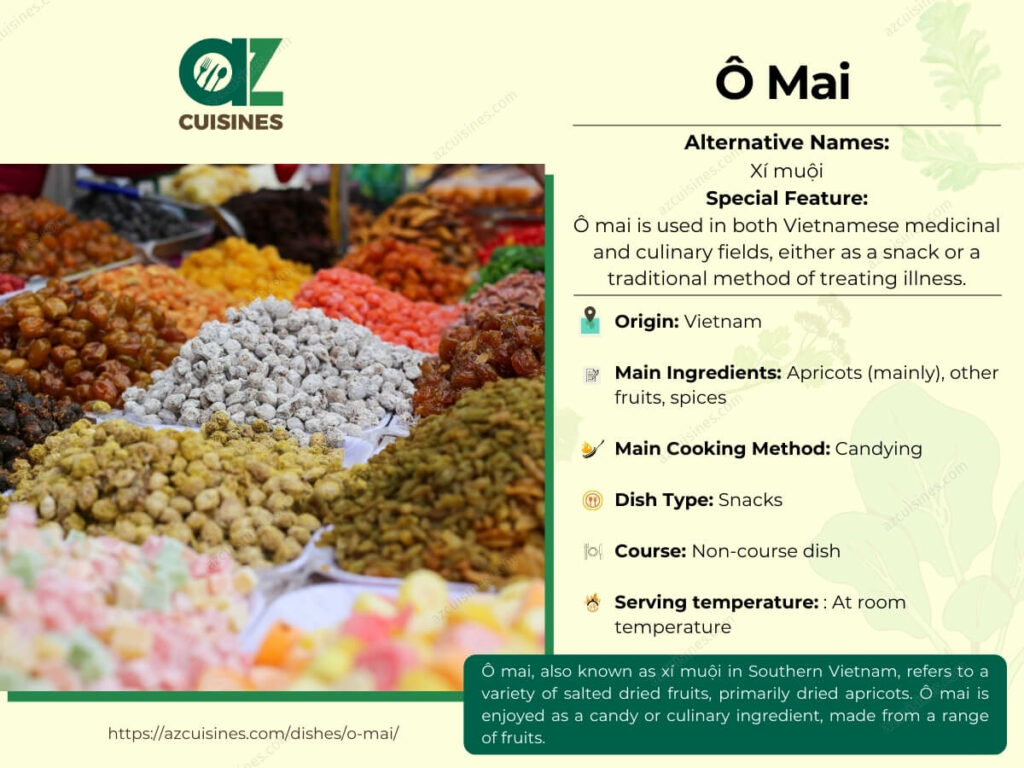
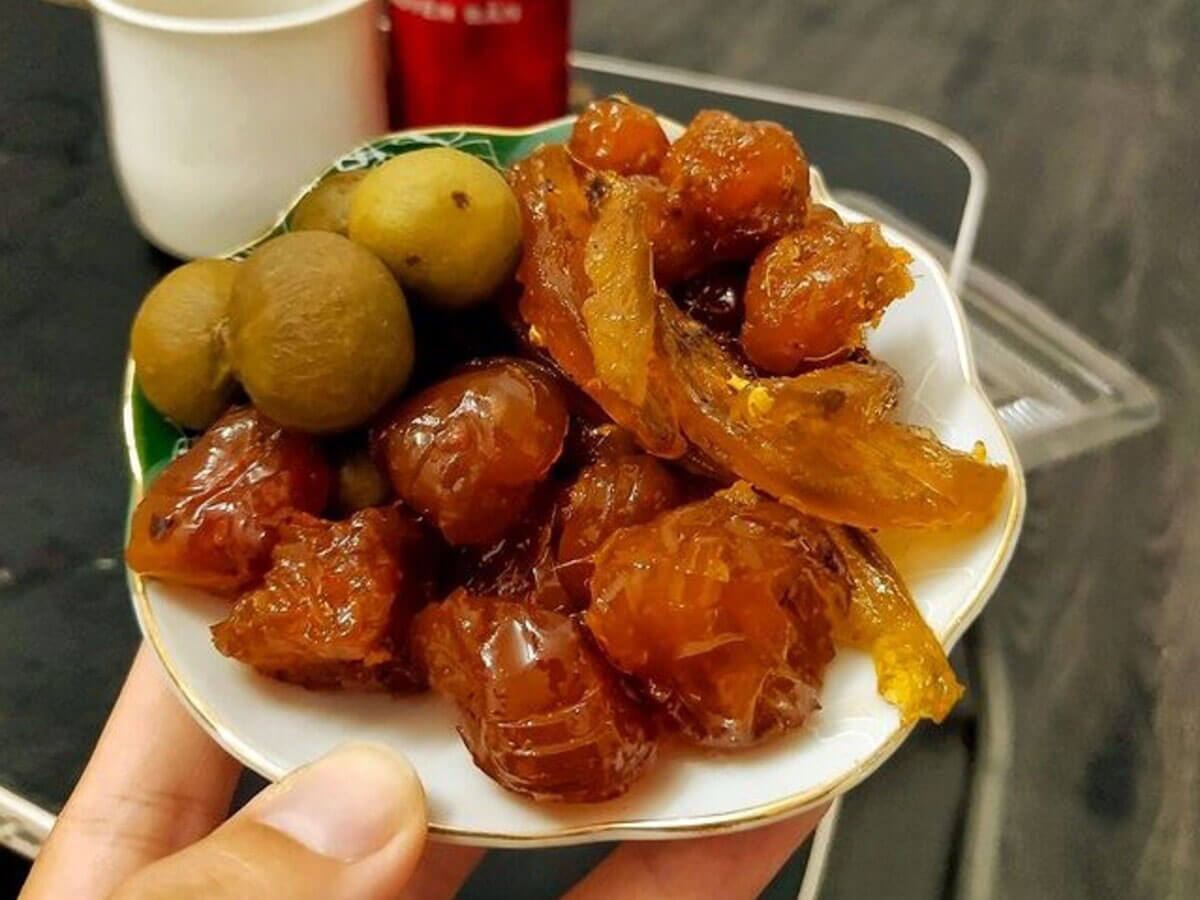

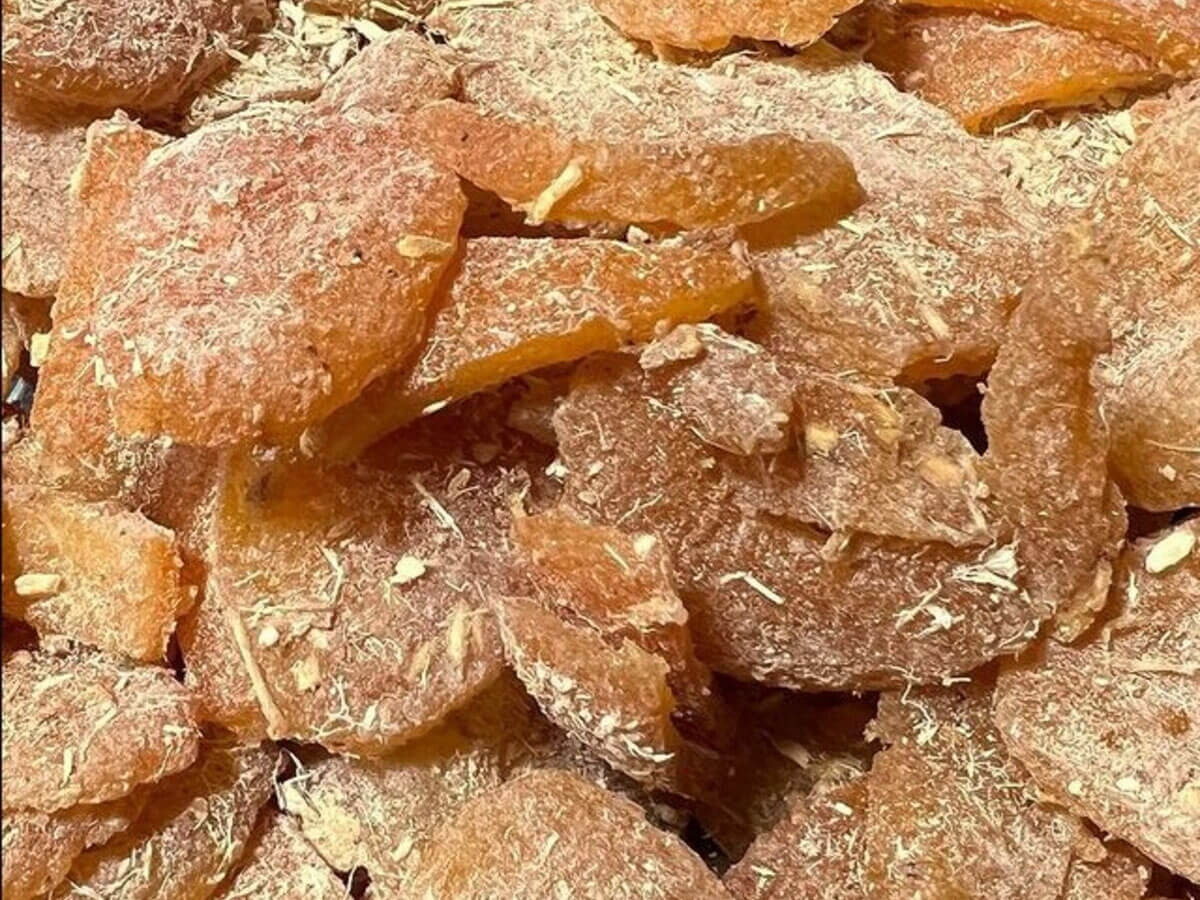

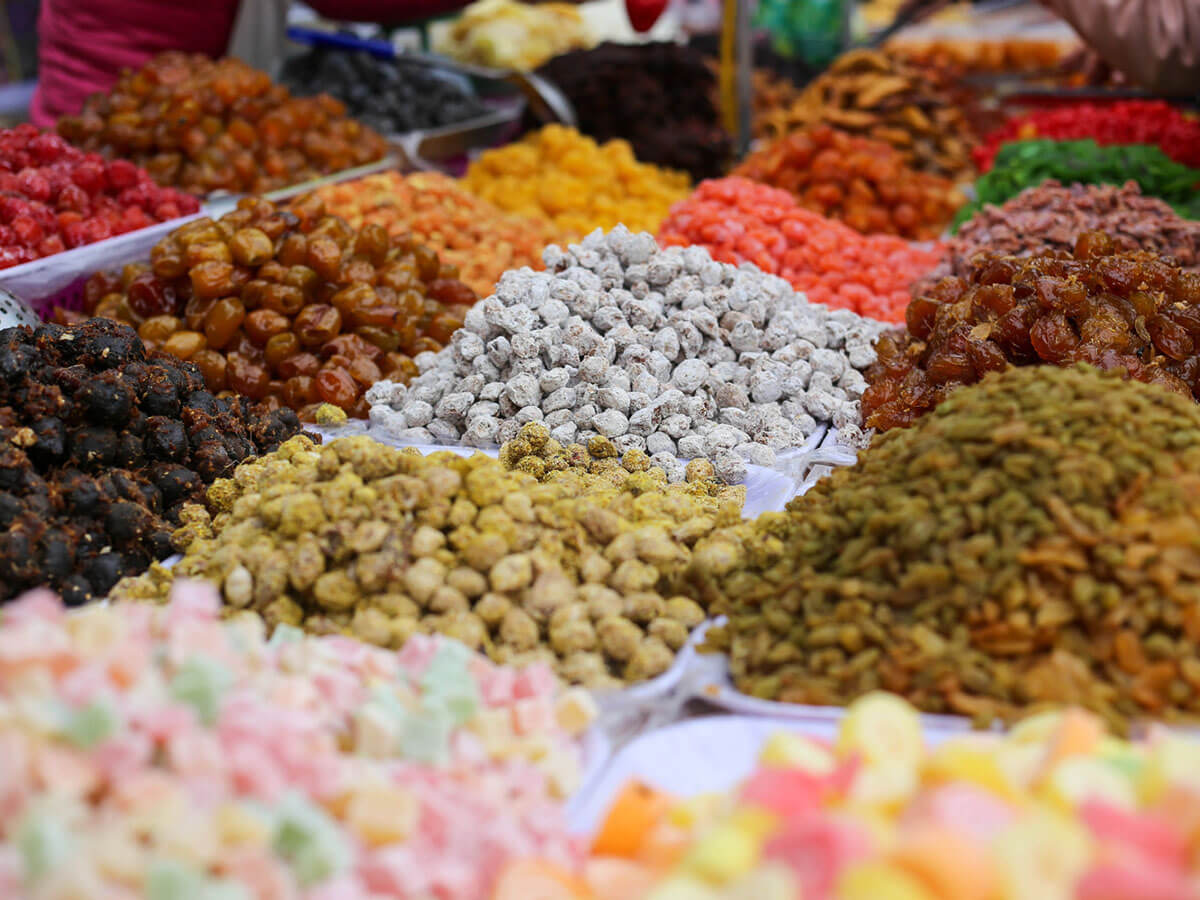
Truc Tran (Kris)
Senior Food Editor
Expertise
Home Cooking, Meal Planning, Recipe Development, Baking and Pastry, Food Editor, Cooking-video Maker, Vietnamese Food Evaluation Expert
Education
Truc Tran (Kris), an experienced food writer and editor, is great at exploring and describing global cuisines, from simple street food to fancy dining. In her writing, she skillfully mixes different flavors, cooking methods, and culinary traditions, showing the unique character of various cultures through their food and drinks. On azcuisines.com, Kris highlights her knowledge, especially in Asian cuisine and worldwide traditional dishes.